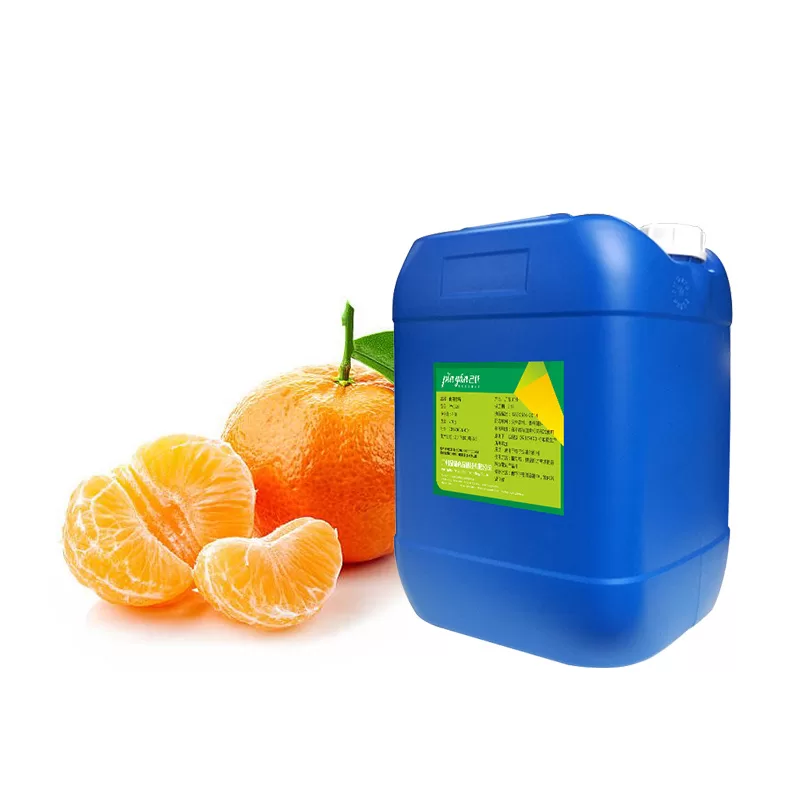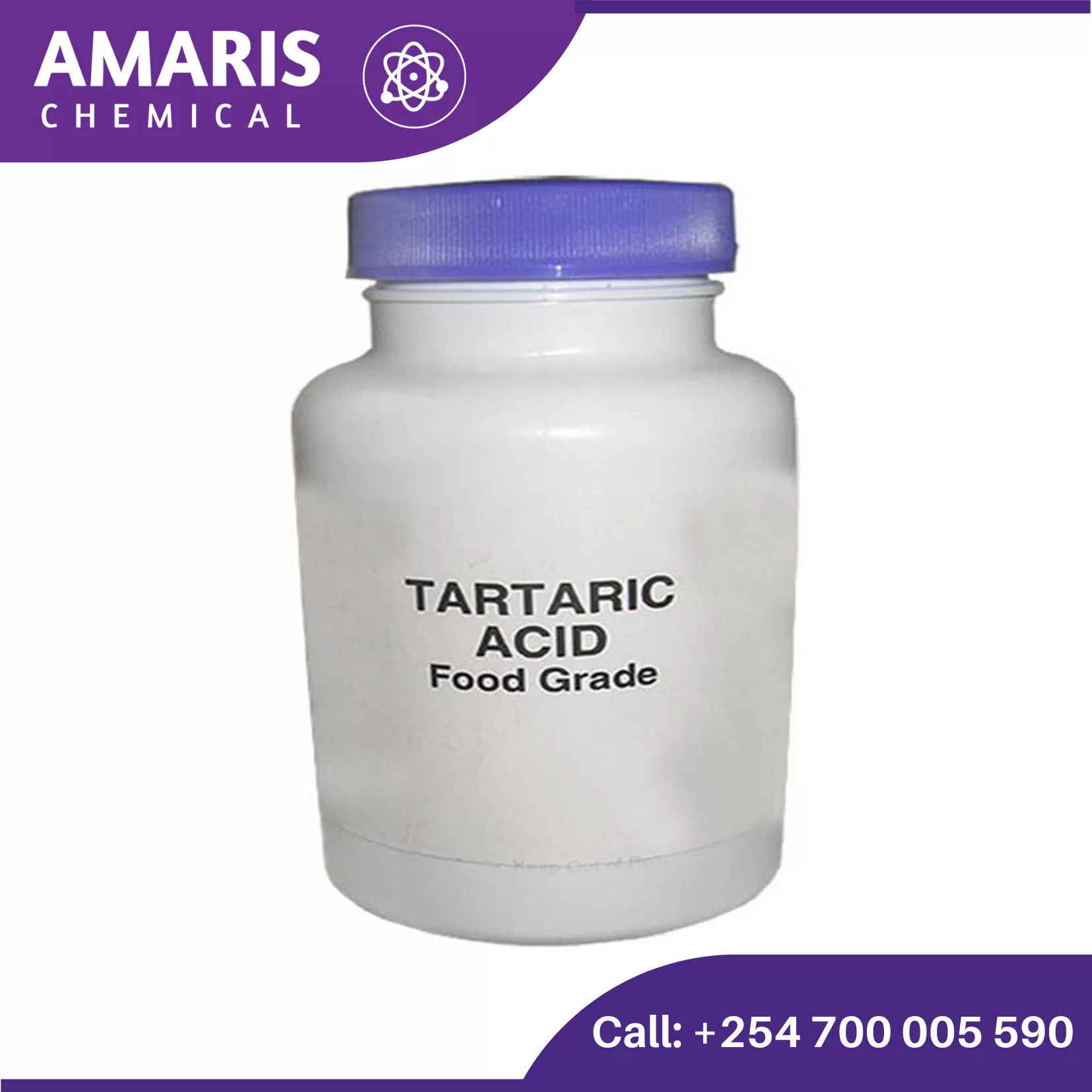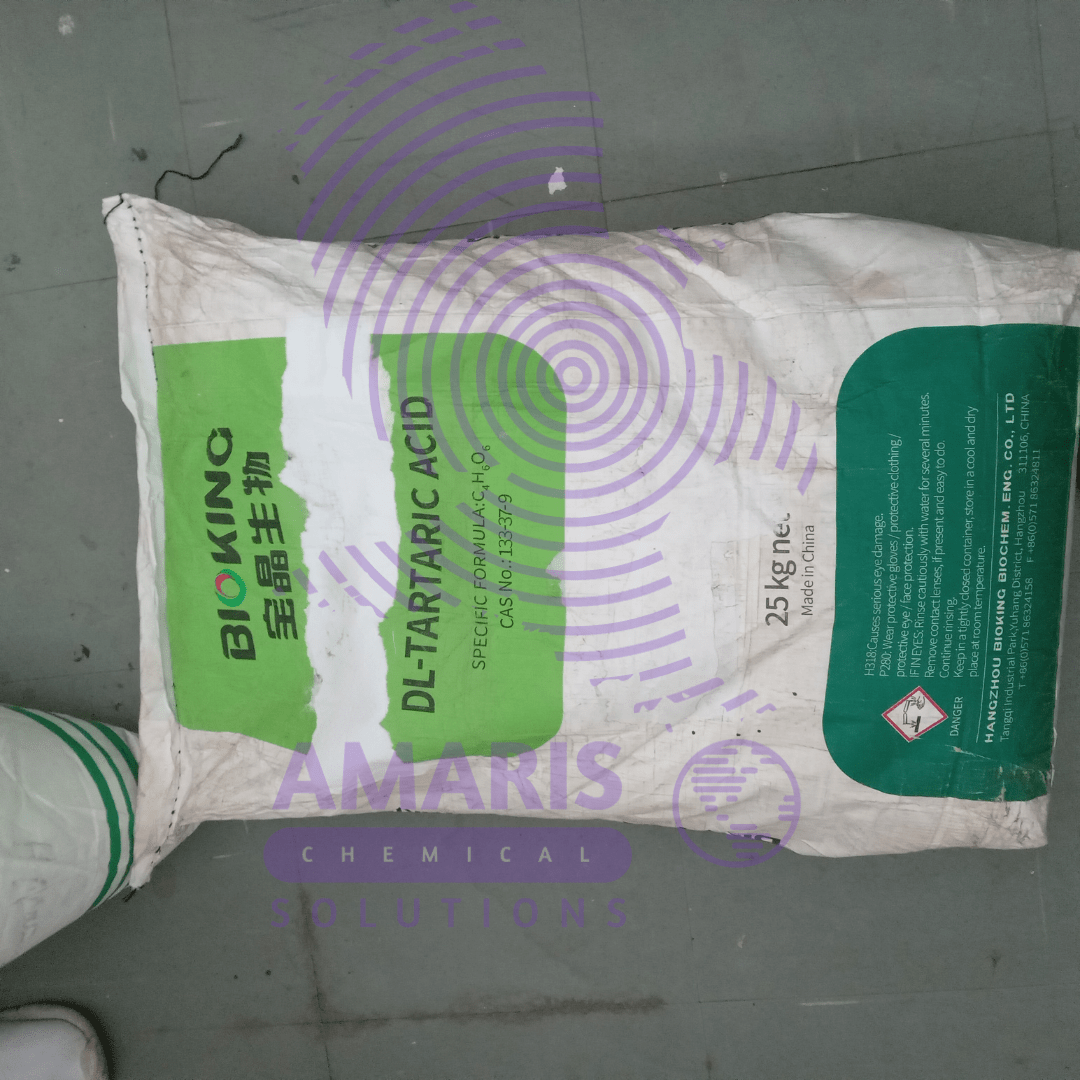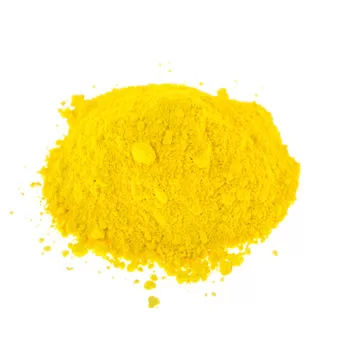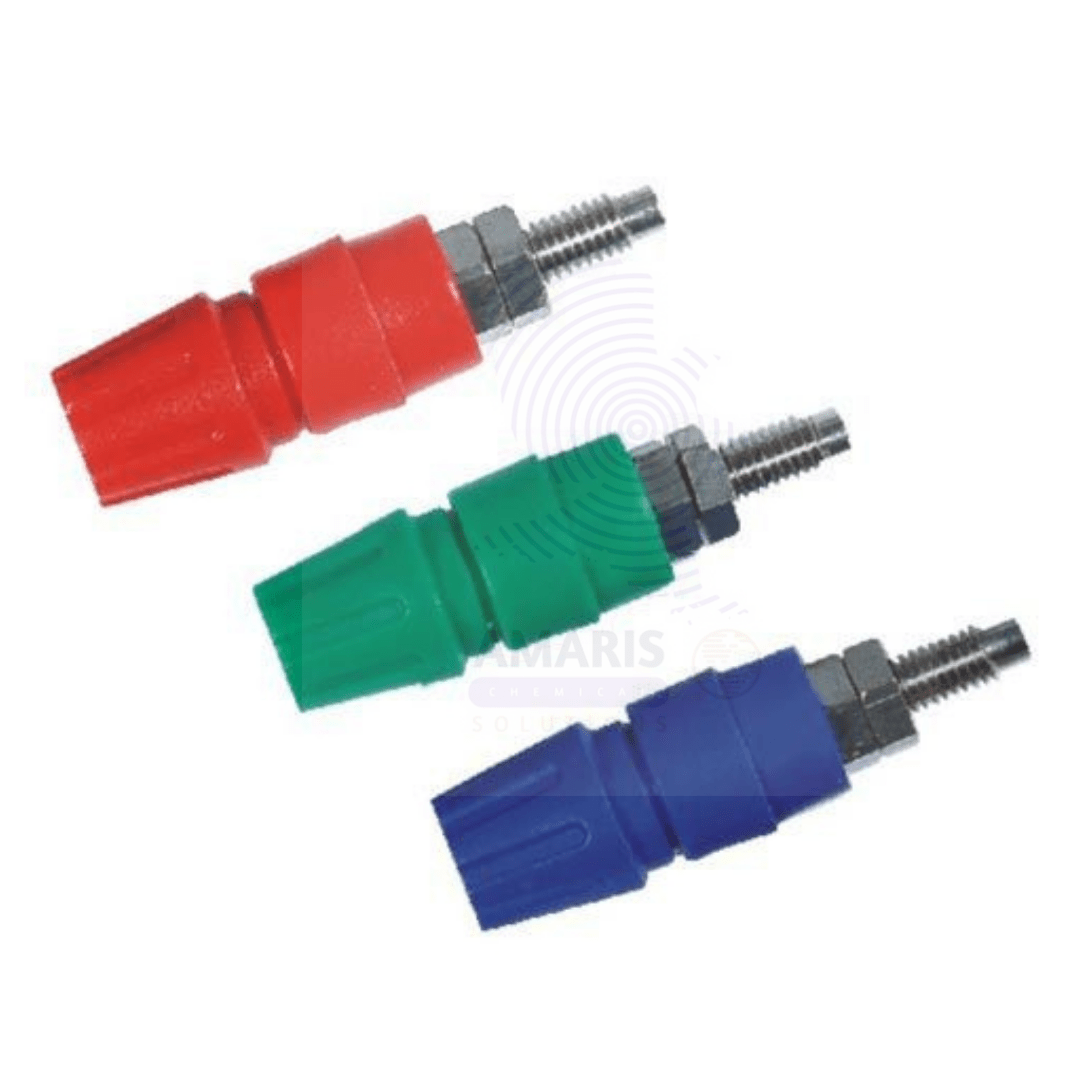Tartaric Acid 500gm
Tartaric acid is a naturally occurring organic acid found in many plants, particularly in grapes, bananas, and tamarinds. It is well-known for its significant role in the wine industry, where it helps stabilize the wine and contributes to its taste. Here are some key aspects and uses of tartaric acid:
Chemical Properties
- Chemical Formula: C4_44H6_66O6_66
- Molecular Weight: 150.09 g/mol
- Appearance: White crystalline powder
- Solubility: Soluble in water and alcohol
Natural Occurrence
Tartaric acid is widely found in nature, predominantly in fruits like grapes, apricots, and apples. The potassium salt of tartaric acid, known as potassium bitartrate or cream of tartar, is a byproduct of winemaking.Industrial Production
Commercially, tartaric acid is often produced as a byproduct of wine production. The process involves:- Extraction: The sediment left in wine barrels, known as "lees," is treated to extract potassium bitartrate.
- Purification: The crude potassium bitartrate is then purified and converted to tartaric acid.
Telescopic Hedge Shear (6 pcs)
A telescopic hedge shear is a gardening tool specifically designed for trimming and shaping hedges and bushes. It typically consists of two long, straight blades with serrated edges that are operated by handles at the end of long telescopic arms. The telescopic feature allows users to extend the reach of the shears, making it easier to trim tall or hard-to-reach areas of hedges without the need for a ladder. This tool is commonly used in landscaping and gardening to maintain the desired shape and size of hedges, promoting a neat and well-manicured appearance in outdoor spaces.
Terminals
Test tube holder wire type
A wire type test tube holder is a laboratory tool designed to securely grip and support test tubes during experiments. Constructed from durable, heat-resistant metal wire, it features a spring mechanism that allows for easy insertion and removal of test tubes while ensuring a firm hold. The holder’s design enables safe handling of hot or hazardous materials, providing a safe distance from heat sources and corrosive substances. It is lightweight and easy to manipulate, making it ideal for various laboratory applications, including heating, cooling, and transporting test tubes. Its versatility and practicality make it an essential tool in any lab setting.










